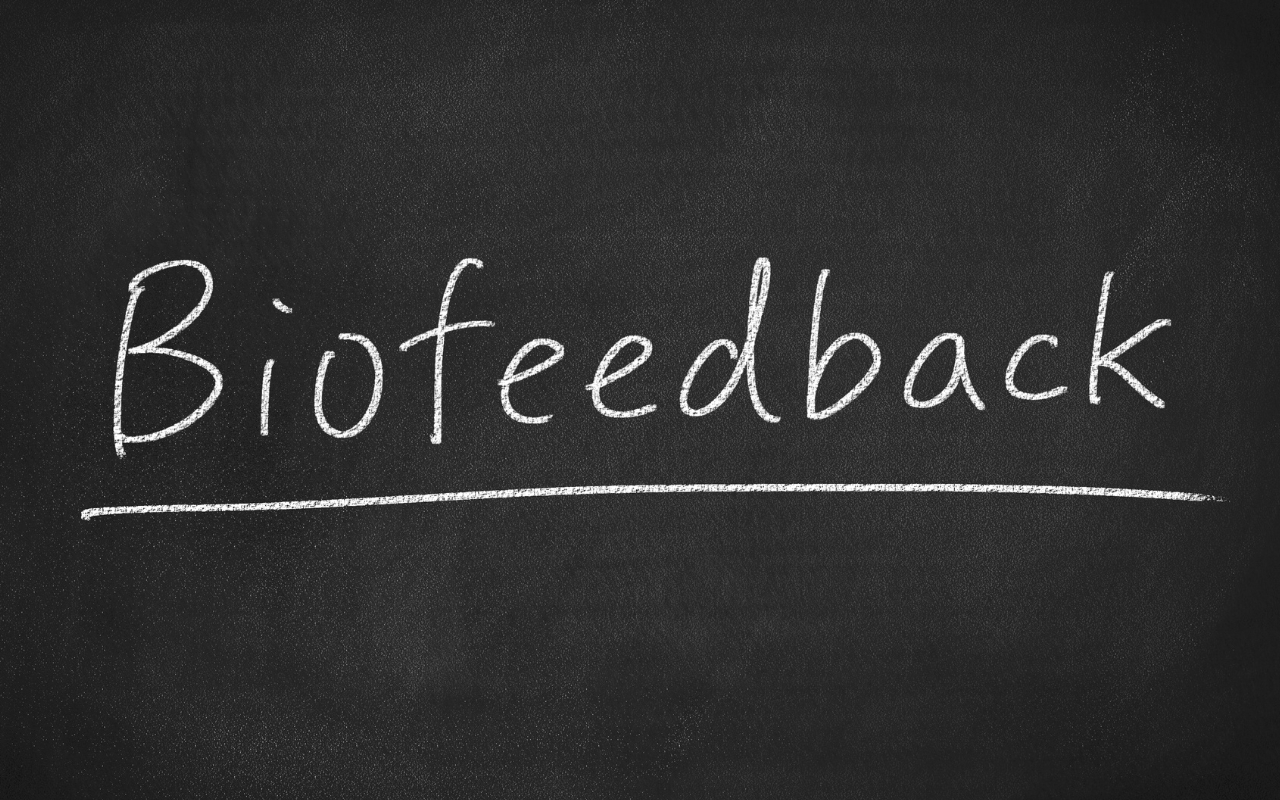Biofeedback is an emerging field of mind-body medicine that offers immense promise for managing a variety of health conditions. Rooted in the philosophy that individuals can gain control over their physiological functions, biofeedback aims to teach people how to manipulate their body processes through the power of conscious thought. This comprehensive guide delves into the science, applications, and benefits of biofeedback, providing a clear understanding of how it can improve health outcomes and enhance quality of life.
Biofeedback works by leveraging real-time data about physiological functions such as heart rate, muscle tension, and brain activity. Through various techniques, individuals learn to influence these automatic processes using visual or auditory feedback. This non-invasive approach can be used to address a wide array of issues, from stress and anxiety to chronic pain and hypertension.
The principle behind biofeedback is relatively straightforward: by making individuals aware of physiological functions that are typically automatic, they can learn to control them. For instance, a person might learn to reduce their heart rate by practicing deep breathing exercises while receiving feedback from a heart rate monitor. As they become more adept at controlling their heart rate, they can begin to use these techniques in everyday situations to manage stress or anxiety.
Biofeedback training is typically conducted in a clinical setting under the guidance of a trained therapist. During a session, sensors are attached to the patient’s body to measure physiological parameters. This information is then displayed on a screen, allowing the patient to see the immediate effects of their efforts to control these physiological signals. Over time, patients can learn to influence their body’s responses without the need for feedback equipment.
Biofeedback is used in various medical fields, including neurology, psychiatry, and physical therapy. For example, in neurology, biofeedback can help patients with migraines learn to control the muscle tension and blood flow changes that trigger their headaches. In psychiatry, it can be used to help patients with anxiety or depression learn to manage their symptoms more effectively. In physical therapy, biofeedback can assist patients in recovering from injuries by helping them regain control over their muscles.
One of the most significant advantages of biofeedback is that it offers a non-pharmacological treatment option for many conditions. This can be particularly beneficial for patients who are sensitive to medications or who prefer to avoid them. By learning to control their physiological responses, patients can reduce their reliance on medications and potentially avoid the side effects associated with long-term drug use.
Another key benefit of biofeedback is its ability to provide immediate feedback. This real-time data allows patients to understand the direct impact of their actions on their physiological state. For example, when a patient with chronic pain uses relaxation techniques and sees a corresponding decrease in muscle tension, they can immediately appreciate the effectiveness of these techniques. This instant feedback can be highly motivating and can encourage patients to continue practicing these techniques.
Biofeedback has been extensively studied and has shown promise in treating a variety of conditions. One area where biofeedback has been particularly effective is in the treatment of chronic pain. By teaching patients to control their muscle tension and blood flow, biofeedback can help reduce pain and improve function. Studies have shown that biofeedback can be as effective as traditional pain therapies, and in some cases, it can provide longer-lasting relief source.
Another area where biofeedback has shown promise is in the treatment of anxiety and stress-related disorders. By learning to control their physiological responses to stress, patients can reduce their anxiety levels and improve their overall well-being. Biofeedback can also be used to treat other stress-related conditions, such as hypertension and insomnia.
Despite its many benefits, biofeedback is not without its challenges. One of the main challenges is that it requires a significant time commitment from patients. Learning to control physiological responses can take time, and patients need to be willing to practice regularly. Additionally, biofeedback can be expensive, as it often requires specialized equipment and the guidance of a trained therapist.
However, advances in technology have begun to address some of these challenges. There are now various biofeedback devices available for home use, ranging from simple heart rate monitors to more complex systems that measure multiple physiological parameters. These devices can provide patients with the tools they need to practice biofeedback on their own time, making it more accessible and convenient.
Biofeedback is increasingly being recognized as a valuable tool in the management of chronic health conditions. It can be used as a complement to traditional medical treatments or as a standalone therapy. For patients with conditions such as chronic pain, anxiety, and hypertension, biofeedback offers a promising alternative to medication-based treatments.
In the realm of chronic pain management, studies have demonstrated that biofeedback can help patients decrease their pain levels and improve their functional abilities. By teaching patients to control their muscle tension and blood flow, biofeedback helps reduce pain and enhances the overall quality of life. This approach is particularly useful for patients with chronic conditions such as fibromyalgia, where traditional treatments may not be as effective.
For anxiety and stress-related disorders, biofeedback provides a unique opportunity to understand and control the body's response to stress. By monitoring physiological signals such as heart rate and muscle tension, individuals learn to mitigate the physical effects of stress. This not only helps reduce anxiety levels but also improves overall mental well-being. Additionally, biofeedback has been used to treat conditions such as post-traumatic stress disorder (PTSD) and generalized anxiety disorder (GAD), with promising results source.
In the treatment of hypertension, biofeedback has shown potential in helping patients lower their blood pressure. By learning to relax and control their physiological responses, patients can reduce their reliance on medication and improve their cardiovascular health. This is particularly important for individuals with stress-induced hypertension, where managing stress can directly impact blood pressure levels.
Biofeedback is also widely used in physical rehabilitation, helping patients recover from injuries or surgeries. By providing real-time feedback on muscle activity, biofeedback assists patients in retraining their muscles and improving their motor function. This is especially valuable for individuals recovering from stroke or traumatic brain injury, where regaining control over muscle movements is crucial for rehabilitation.
The use of biofeedback in treating migraines and tension headaches has also gained significant attention. By teaching patients to control the physiological processes that trigger headaches, biofeedback offers a non-pharmacological treatment option. Studies have shown that biofeedback can significantly reduce the frequency and severity of headaches, offering a viable alternative for patients seeking to avoid medication source.
Furthermore, biofeedback has found applications in managing conditions such as tinnitus, a chronic condition characterized by ringing in the ears. By helping patients control their stress and muscle tension, biofeedback can alleviate the symptoms of tinnitus and improve their quality of life. This demonstrates the versatility of biofeedback as a therapeutic tool for a wide range of conditions.
Despite the growing body of evidence supporting the efficacy of biofeedback, it is important to note that individual results may vary. The success of biofeedback largely depends on the patient's commitment to the process and their ability to practice regularly. It is not a one-size-fits-all solution, and patients may need to try different techniques and devices to find what works best for them.
The future of biofeedback looks promising, with ongoing research and technological advancements enhancing its accessibility and effectiveness. Emerging technologies such as wearable devices and mobile applications are making biofeedback more convenient and user-friendly. These innovations allow individuals to practice biofeedback on their own time, making it a more viable option for those with busy schedules.
In conclusion, biofeedback represents a powerful tool in the realm of mind-body medicine. By teaching individuals to control their physiological responses, biofeedback offers a non-pharmacological approach to managing a wide variety of health conditions. From chronic pain and anxiety to hypertension and migraines, biofeedback has demonstrated its potential to improve health outcomes and enhance quality of life. As technology continues to advance, the accessibility and effectiveness of biofeedback will only increase, making it an even more valuable tool in the field of healthcare. For those seeking an alternative to traditional medical treatments, biofeedback offers a promising avenue for achieving better health and well-being.
For more information, you can explore resources from Mount Sinai, Mayo Clinic, and Psychology Today. These websites provide additional insights into the applications, benefits, and scientific foundations of biofeedback therapy.









